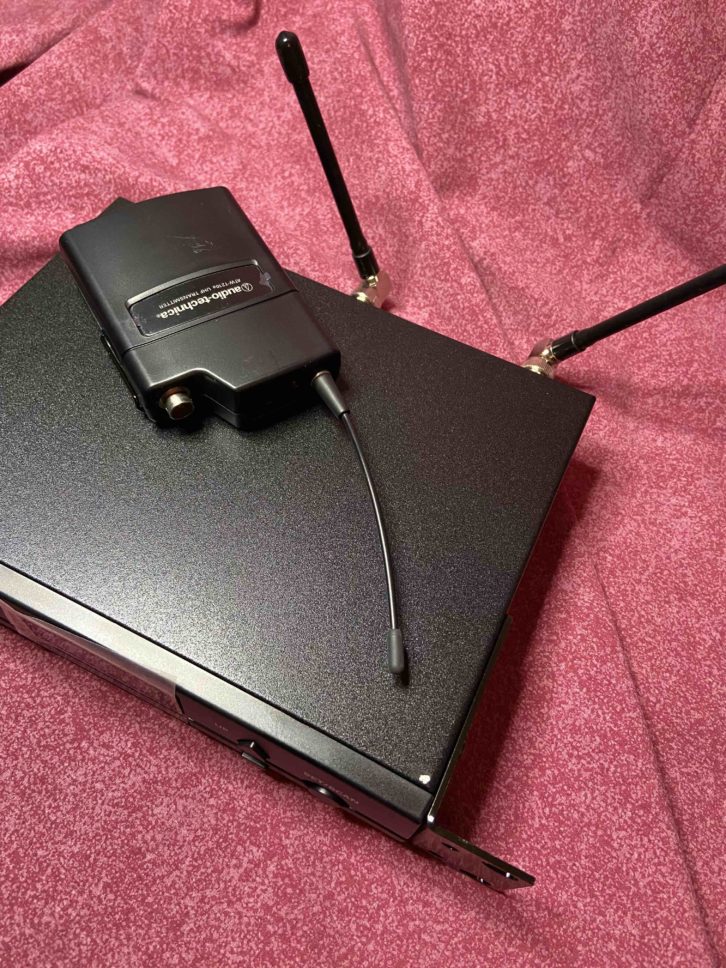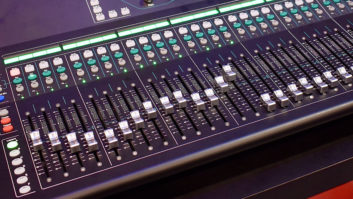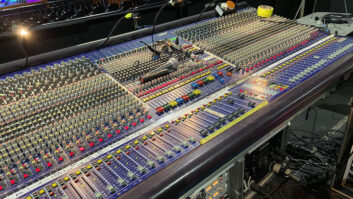News that the FCC auctioned off the majority of the 600 MHz band for use by broadband mobile providers is not a recent development. The Broadcast Incentive Auction closed at the end of March 2017, resulting in the reallocation of 84 MHz of wireless spectrum within the 600 MHz band—bandwidth that had been used extensively by the entertainment industry.

A transition period began shortly after the auction was completed in 2017, and that transition period ended a couple weeks ago, in July. As of now, wireless microphones, instrument and IEM systems may no longer be used in the 600 MHz band.
The 600 MHz band is roughly defined as 614 to 698 MHz, though there are a few holes in which wireless microphones may still be operated, such as the 600 MHz guard band (614 to 616 MHz) and the 600 MHz duplex gap (653 to 657 MHz for licensed use, and 657 to 663 MHz for unlicensed use). Use a wireless guitar system anywhere else in the 600 MHz band, and you could be breaking the law (and it won’t be because your guitar is out of tune).
Wireless mic users still have access to UHF frequencies from 608 MHz down to 470 MHz, as well as to portions of the VHF band. If you still own wireless gear operating in the 600 MHz band, you’re probably too late to qualify for a trade-in rebate program because most rebate programs have already ended. With the exception of Lectrosonics, the majority of manufacturers of RF gear do not offer the possibility of modifying your existing gear.
It’s ironic that manufacturers are now revisiting the VHF band as a viable alternative to the increasingly crowded UHF range. When I was a youngster, the only wireless systems we could afford were ones operating on VHF frequencies, and they were pretty terrible. When UHF became a thing, we were all like, “VHF sucks, get a UHF system.”
Snobbery notwithstanding, the truth is that a well-designed VHF wireless system can perform as well as a good UHF system, and at this point in time one could argue that there’s less RF activity in the VHF band than there is in the UHF band!
None of this is lost on the makers of wireless gear, who continue to push the boundaries of what’s possible in an effort to ensure we can have 3,000 wireless devices operating simultaneously when the next Super Bowl rolls into town. The FCC has given the pro audio industry access to the 941 to 960 MHz range, and companies have responded by creating products operating in that band. It seems like all manufacturers are improving the spectral efficiency of their existing products, thus increasing the number of wireless mic channels that can be packed into smaller frequency bands.
More than a few companies offer wireless gear in the 2.4 GHz band, which scares me a bit because it’s like the Wild West of Wireless. Wi-Fi, baby monitors, cordless phones, Bluetooth devices—all of them are unlicensed and live in the 2.4 GHz band. I can’t help but envision that scenario where come showtime, someone turns on a router or clicks a garage door remote, and the lead singer’s microphone takes a poo. That’s one of the reasons I feel like manufacturers will continue to seriously consider VHF, helping to keep our audio safe—at least until the next auction.







